Labour candidates have high hopes they can wrest back former Fife strongholds from the SNP after a landmark success in the Rutherglen and Hamilton West by-election.
Anas Sarwar’s party is focused on three of the Kingdom’s four Westminster seats following a dominant victory in Thursday’s vote in South Lanarkshire.
New MP Michael Shanks won the seat by more than 9,000 votes as Humza Yousaf was given a wake-up call ahead of the next election.
Before Labour’s dramatic collapse north of the border in 2015, the party was dominant in swathes of Fife.
Former Prime Minister Gordon Brown represented the region, which contained some of the party’s biggest majorities.
Yet Nicola Sturgeon’s SNP managed to overturn those huge majorities in 2015 as the nationalists painted the nation’s political map yellow.
Nearly a decade on, Labour election hopefuls standing for Fife seats are confident a strong recovery is now feasible.
Fife Councillor Graeme Downie, who is standing in Dunfermline and Dollar, told us: “Last night shows we are competitive, and that’s key.
“It shows there’s a real alternative in Fife. Labour are being listened to again.”
The new seat will replace much of the old Dunfermline and West Fife constituency, currently held by retiring SNP MP Douglas Chapman.
Polling expert Allan Faulds, who runs Ballot Box Scotland, says the seat is up for grabs despite Mr Chapman winning by more than 10,000 votes in 2019.
However, he thinks the new Cowdenbeath and Kirkcaldy constituency will be the easiest constituency for Labour to win back.
The seat – currently named Kirkcaldy and Cowdenbeath – is currently represented by Alba MP Neale Hanvey, who quit the SNP to join Alex Salmond’s new pro-independence party in 2021.
Labour managed to win the constituency from the nationalists in 2017, and only narrowly missed out two years later despite a poor election.
Mr Faulds said: “Cowdenbeath and Kirkcaldy was always one that seemed very likely Labour would take back at the next election if they had any recovery at all.
“The Dunfermline seat also very much looks like it’s in play.”
However, he warned Labour may find it more difficult to win a new seat for Glenrothes and Mid Fife, which has the SNP’s strongest vote in the Kingdom.
Mr Faulds told us: “Glenrothes is probably slightly less likely because that’s been one of the SNP’s strongest seats not just in Fife but across the country.
“Certainly Labour will be looking at a very strong possibility of at least two Fife seats.”
Can Labour compete in Dundee?
Thursday night’s success means optimists within Labour are even eyeing up challenging the SNP in Dundee, a longtime nationalist fortress.
Mr Faulds said Humza Yousaf’s party would need to have a disastrous night for Labour to have any hope of taking the city’s Dundee Central constituency.
He said: “The Dundee Central seat mostly consists of the old Dundee West.
“That was the weaker of the two seats historically for the SNP. That could play against them slightly.”
But he reckons Labour has no hope whatsoever in the new Arbroath and Broughty Ferry constituency, which primarily covers an area that has backed the SNP since 2005.
Do the Tories still have hope?
Further north, the Tories are hopeful last night’s drubbing for Mr Yousaf’s party may give them some hope in the new Angus and Perthshire Glens seat.
The Conservatives are poised for a drubbing across the UK at the next Westminster election and barely managed 1,000 votes in Rutherglen and Hamilton West.
Yet Tory optimists reckon the huge win for Labour shows anti-independence voters are rallying behind whichever party can beat the SNP in each constituency.
Local candidate Stephen Kerr, a sitting MSP, wrote: “By-election results can’t be applied uniformly due to tactical voting.
“But the drop in SNP support seen in Rutherglen is something I’ve picked up campaigning in Angus and Perthshire Glens.”
Despite lagging support for the Tories in England, Mr Faulds believes Mr Kerr may end up having cause to celebrate following the next election.
He said: “That’s probably quite a close marginal seat based on those new boundaries.
“It’s basically the most rural components of two seats that were already quite rural. That does favour the Conservatives.
He added: “Scotland has kind of sorted itself into the SNP vs the strongest non-SNP competitor. People are willing to vote tactically to see that competitor win.”

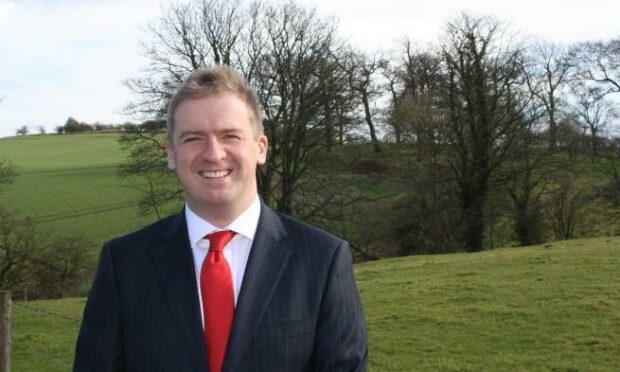

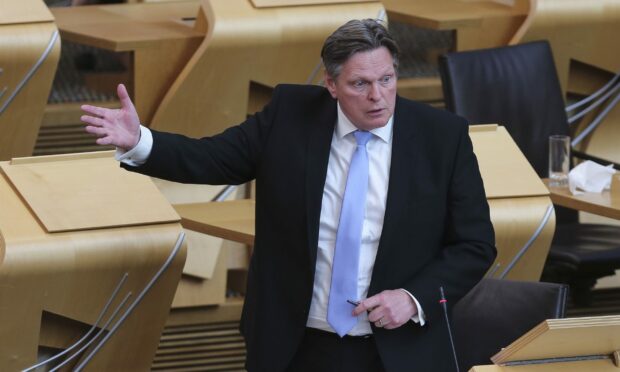
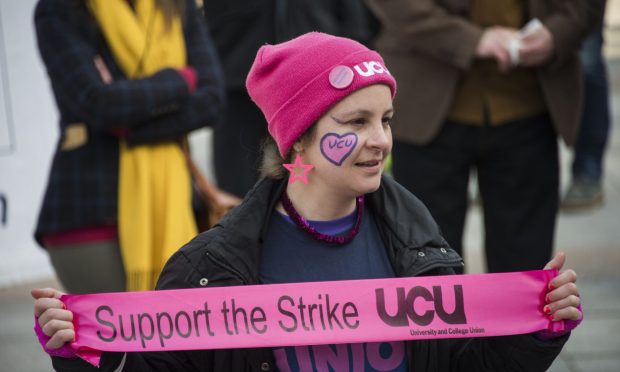
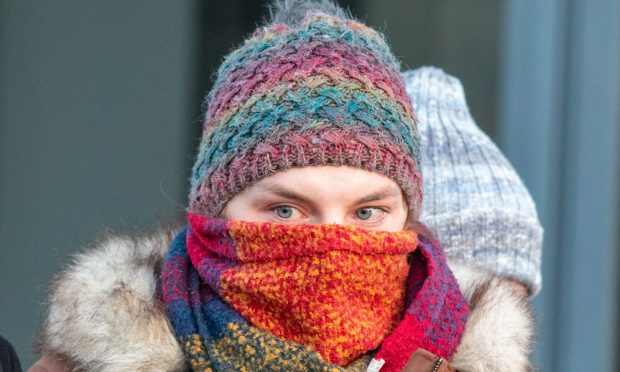
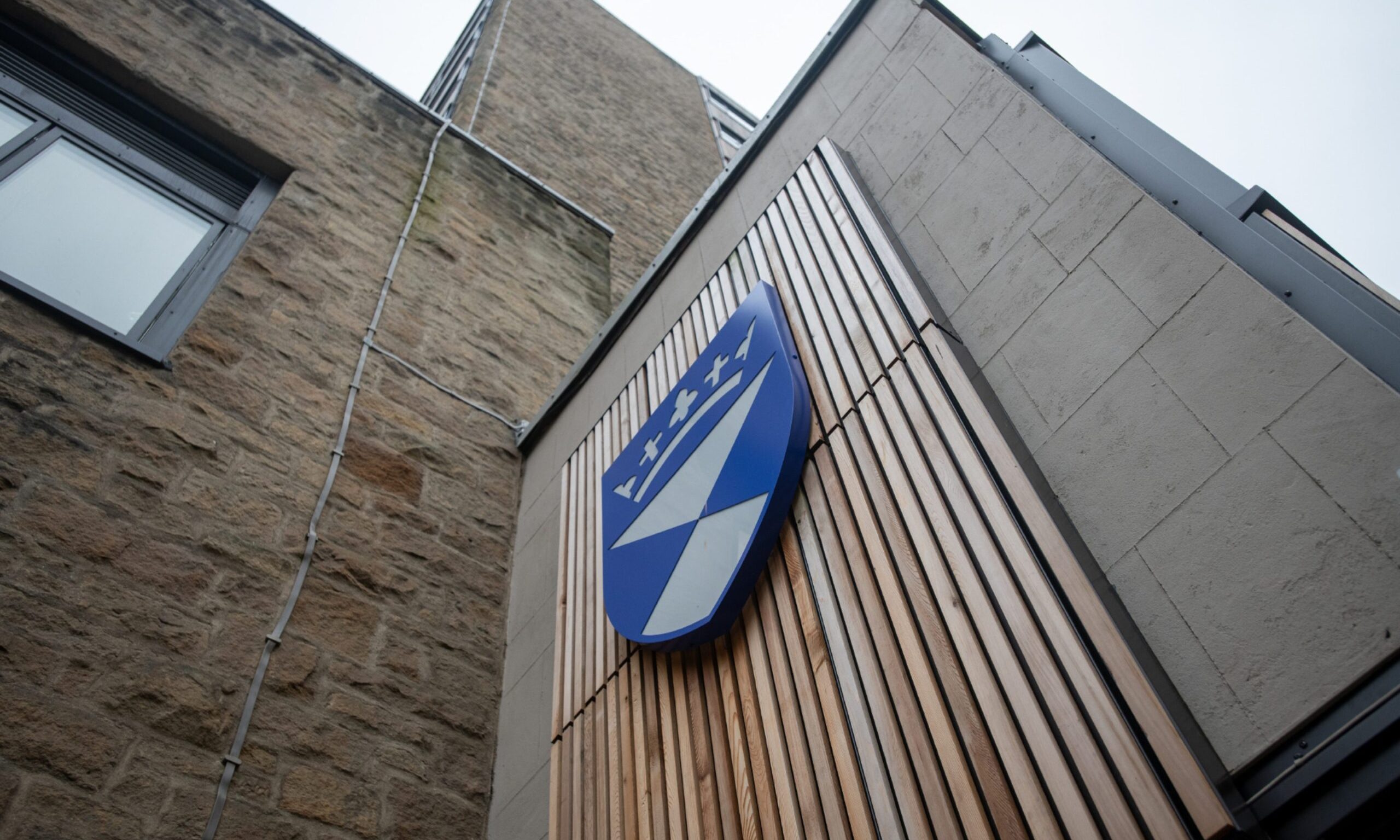
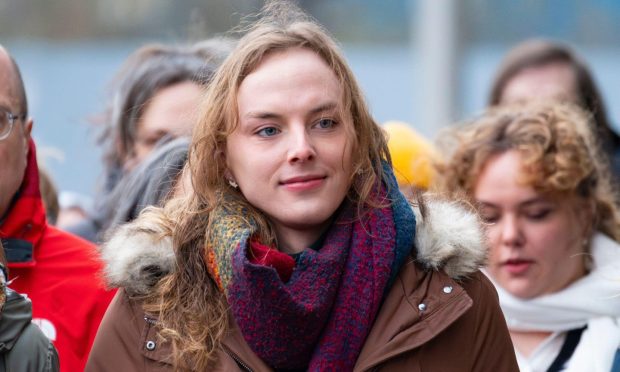
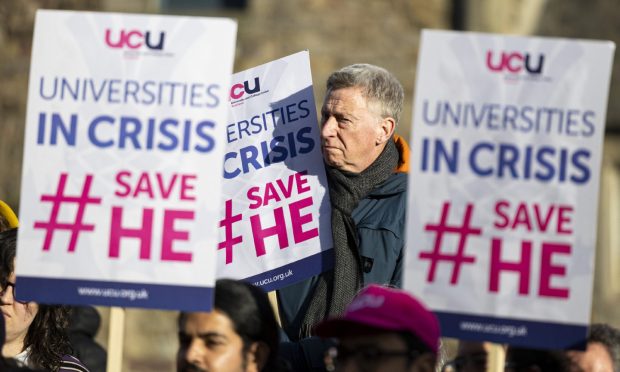
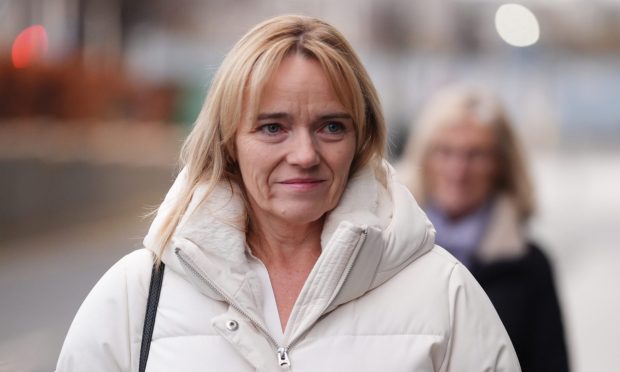
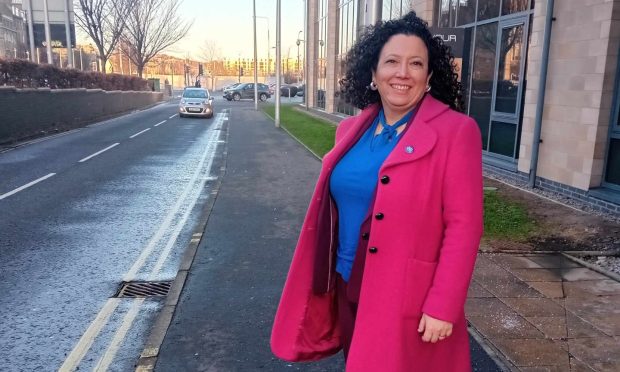
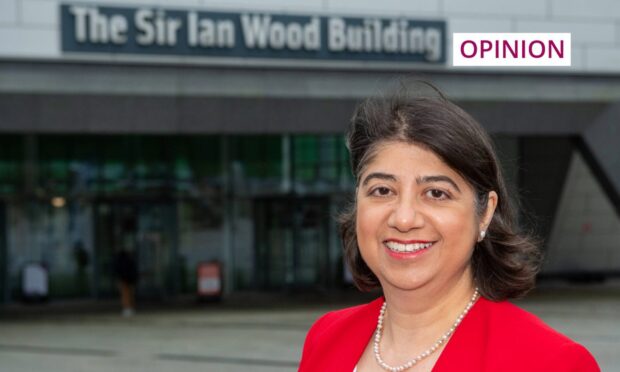
Conversation